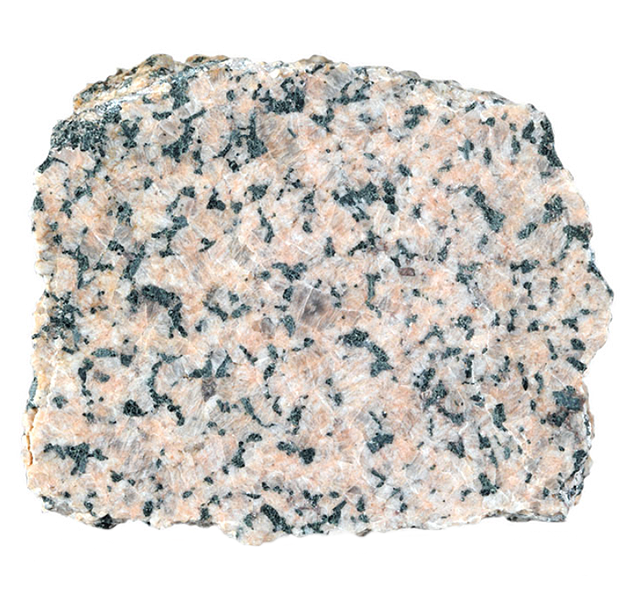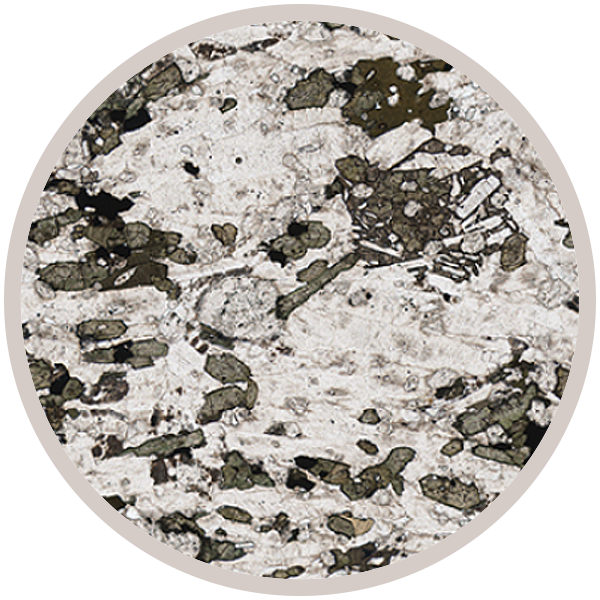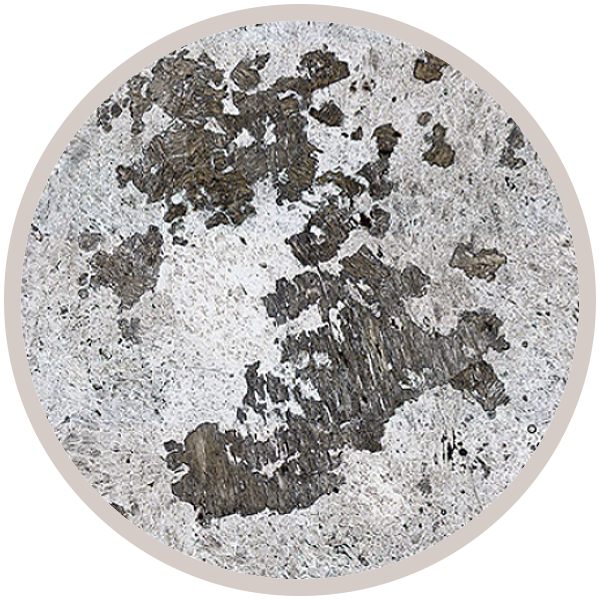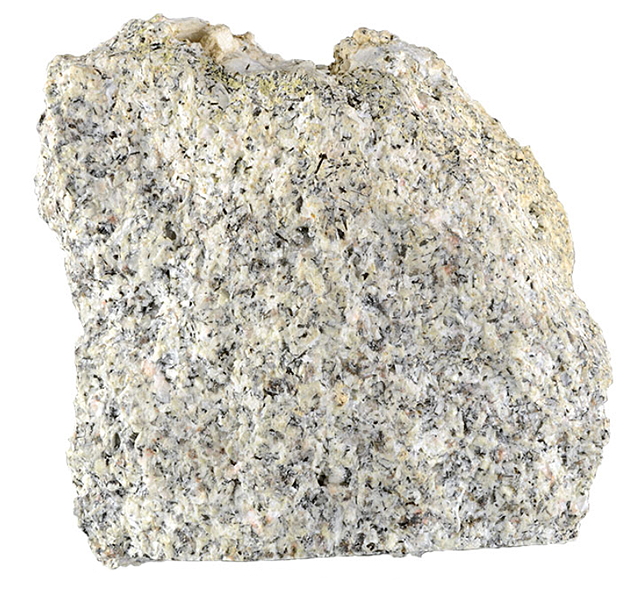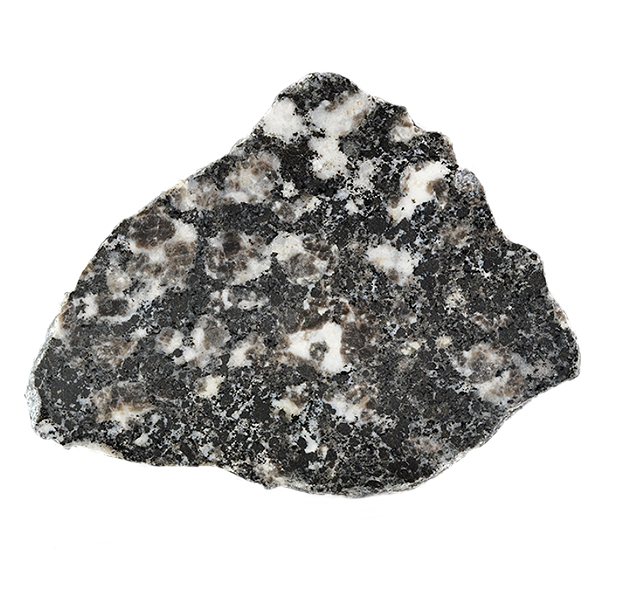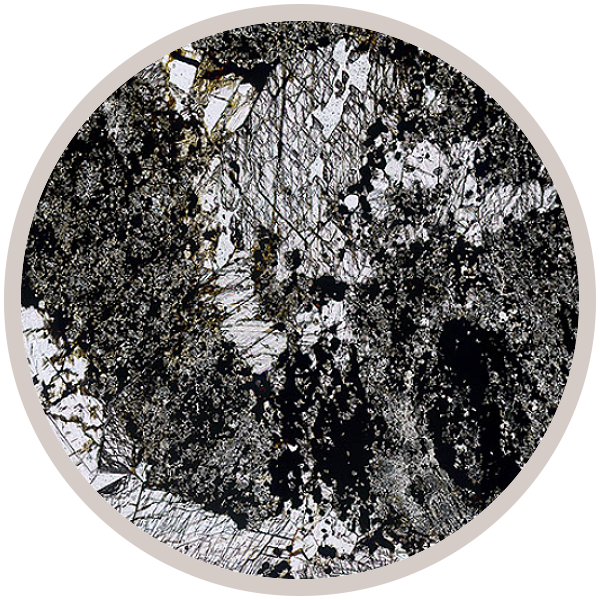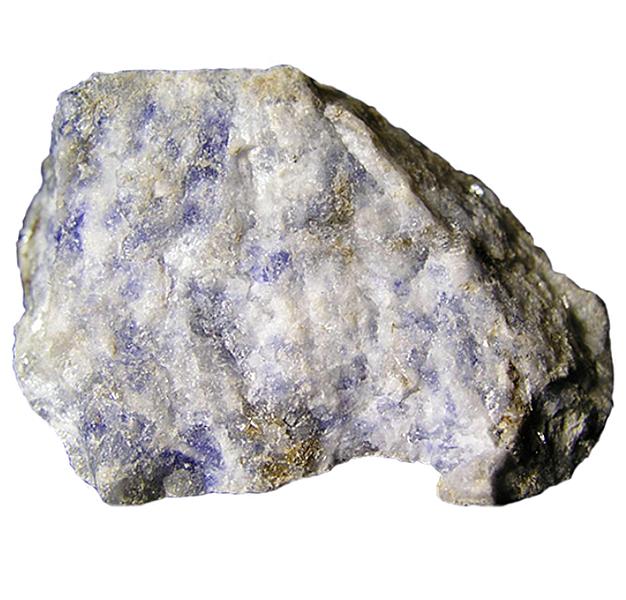
Fact sheet
Naujaite is an agpaitic nepheline-sodalite syenite with a poikilitic texture comprising crystals of feldspathoid minerals enclosed in alkali feldspar and ferromagnesian silicates. Originally described from Naajakasik (formerly Naujakasik), Ilimaussaq complex, Greenland.
Rotation 1 - sodalite mantled by cancrinite
Rotation 2 - aegirine and needles of an unidentified highly birefringent mineral
Rotation 3 - eudialyte
Rotation 4 - aenigmatite and an unidintified highly birefringent mineral
Many thanks to Alessandro Da Mommio for providing us with this sample. Alex describes the sample here.
The Ilimaussaq alkaline complex is the type locality for agpaitic nepheline syenites and represents an enormous concentration of rare elements, notably Li, Be, Nb, Zr, REE, Y, Th and U. Around 220 mineral species have been identified. We can't identify all the minerals present in these samples. Email us at virtual-microscope@open.ac.uk if you can help.
Note we have recently expanded the collection to include other syenite complexes worldwide.
See also Alex Strekeisen's great website for more information on syenite complexes.
Sample details
More from this collection
